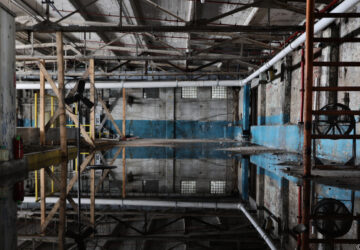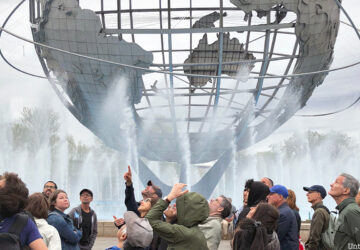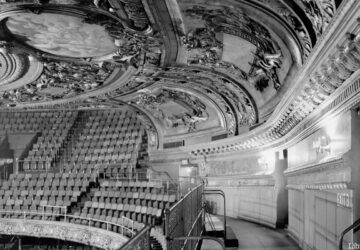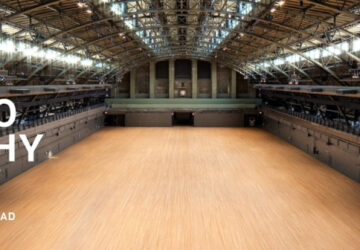The 2023 U.S. Open Tennis Championships are underway at the USTA Billie Jean King National Tennis Center in Flushing Meadows–Corona Park. The U.S. Open has been held at the park since 1978 and brings in thousands of tennis enthusiasts from around the world each year. However, the U.S. Open was not always as it is today. Here are 10 secrets and fun facts about this illustrious tournament.
1. The U.S. Open Was Originally Played on Grass

It might be hard to imagine today as the U.S. Open is firmly established in people’s minds as a hard-court tournament, but the champion tennis players rallied on grass from 1881 to 1974 at the U.S. Open. The U.S. National Lawn Tennis Association hosted the first tournament, which was held at the Newport Casino in Rhode Island. During this time period, the tournament was known as the “U.S. National Singles Championship.” This was, by all accounts, more of an upper-crust, social event. Until 1886, the tournament was also men-only. The U.S. Women’s National Singles Championship started in 1887 and was held in Philadelphia at the Philadelphia Cricket Club.





